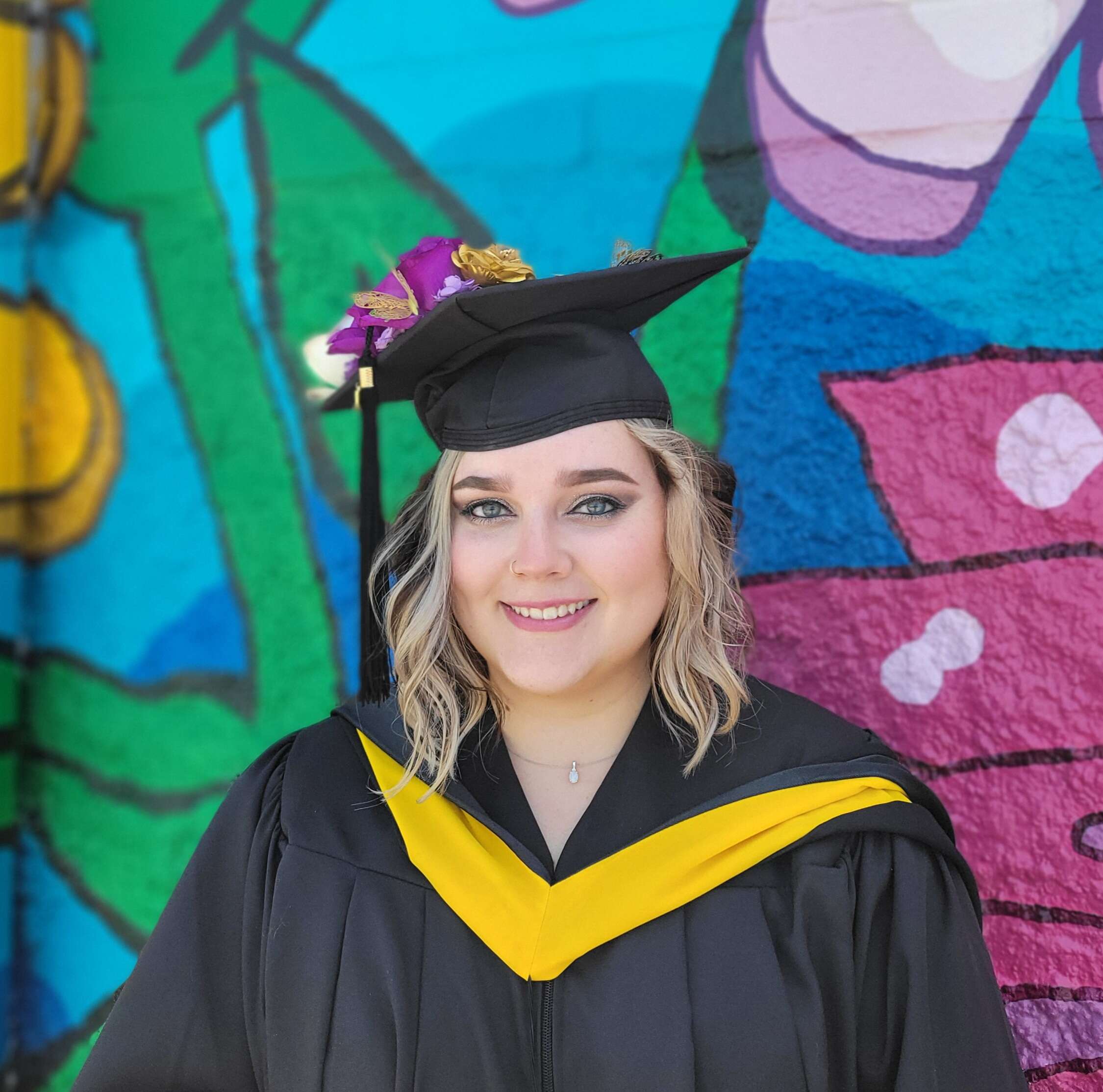June 8, 2025
The American Art Therapy Association represents a diversity of professionals, students, and organizations across the nation. We recognize and celebrate the work of our members at all levels through our Featured Member series.
What excites you most about your job right now?
What excites me most about the work I do in art therapy is the profound impact it can have on individuals with brain injuries. Art therapy provides a unique and creative way for clients to express themselves nonverbally, allowing them to communicate their thoughts and emotions in a way that words sometimes cannot capture. It is inspiring to see how art therapy can help clients to explore their feelings, build confidence, and foster personal growth and healing. The use of art therapy to support individuals in their recovery and rehabilitation is truly inspiring.
Has working with a particular client group shaped your professional focus or specialty? What have you learned from working with these clients?
From working with clients who have experienced Traumatic Brain Injuries (TBI), I have learned valuable lessons about resilience, the power of creativity in healing, and the importance of individualized approaches to therapy. Each client is unique, and their experiences can provide therapists with a deeper understanding of the complexities of brain injury and the potential for recovery and growth through art therapy.
“My hopes for the future of the art therapy profession are centered around increasing recognition and accessibility to this valuable form of therapy. Art therapy has been shown to have a significant impact on mental health and well-being, making it a crucial tool for individuals facing various challenges and conditions. I believe that art therapy should be recognized nationally and integrated into healthcare systems, schools, and community programs. This recognition can help increase funding and resources for art therapy programs, making them more widely available to those who may not be able to afford it otherwise. Making art therapy accessible to everyone is essential because it has the potential to benefit individuals of all ages and backgrounds. By promoting inclusivity and breaking down barriers to access, more people can experience the healing and transformative power of art therapy. This can lead to improved mental health outcomes, increased creativity and self-expression, and overall well-being for individuals and communities as a whole.”
— Bailey Bennett, M.S. in Art Therapy, M.S. in Clinical Counseling, ATR-P, LPC, LAC
What advice would you give someone interested in pursuing a career in art therapy?
Remember to prioritize your own self-care and well-being as you support others in their healing journey. Engage in activities that replenish your own creative energy.
About Bailey Bennett, M.S. in Art Therapy, M.S. in Clinical Counseling, ATR-P, LPC, LAC

My name is Bailey Bennett, and I am a Licensed Professional Counselor, Provisional Registered Art Therapist, and Licensed Addiction Counselor. I proudly obtained my Master’s degrees in Art Therapy and Clinical Counseling from Emporia State University, following the successful completion of a Bachelor’s in Psychology from Pittsburg State University.
My professional journey has led me to various impactful roles, including working with survivors of sexual assault and domestic violence, serving as a peer-educator at Pittsburg State University, and providing tailored support to individuals with substance use disorders through the integration of art therapy methods in both group and individual settings. As a cognitive behavioral therapist for brain injury survivors, I have established and pioneered art therapy within my organization, Minds Matter LLC, reflecting my commitment to innovative and comprehensive therapeutic approaches. I have also been recognized for my research on art therapy with brain injury and am working toward becoming a published author.
